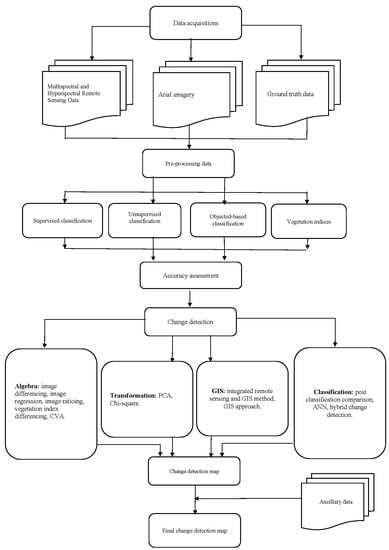Monitoring and Mapping Vegetation Cover Changes in Arid and Semi-Arid Areas Using Remote Sensing Technology: A Review
Abstract
Share and Cite
Almalki, R.; Khaki, M.; Saco, P.M.; Rodriguez, J.F. Monitoring and Mapping Vegetation Cover Changes in Arid and Semi-Arid Areas Using Remote Sensing Technology: A Review. Remote Sens. 2022, 14, 5143. https://doi.org/10.3390/rs14205143
Almalki R, Khaki M, Saco PM, Rodriguez JF. Monitoring and Mapping Vegetation Cover Changes in Arid and Semi-Arid Areas Using Remote Sensing Technology: A Review. Remote Sensing. 2022; 14(20):5143. https://doi.org/10.3390/rs14205143
Chicago/Turabian StyleAlmalki, Raid, Mehdi Khaki, Patricia M. Saco, and Jose F. Rodriguez. 2022. "Monitoring and Mapping Vegetation Cover Changes in Arid and Semi-Arid Areas Using Remote Sensing Technology: A Review" Remote Sensing 14, no. 20: 5143. https://doi.org/10.3390/rs14205143
APA StyleAlmalki, R., Khaki, M., Saco, P. M., & Rodriguez, J. F. (2022). Monitoring and Mapping Vegetation Cover Changes in Arid and Semi-Arid Areas Using Remote Sensing Technology: A Review. Remote Sensing, 14(20), 5143. https://doi.org/10.3390/rs14205143






